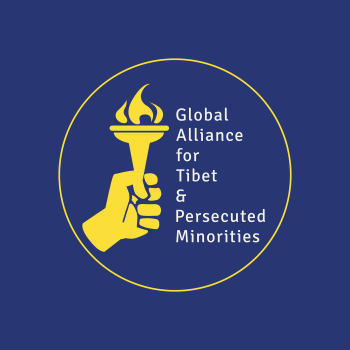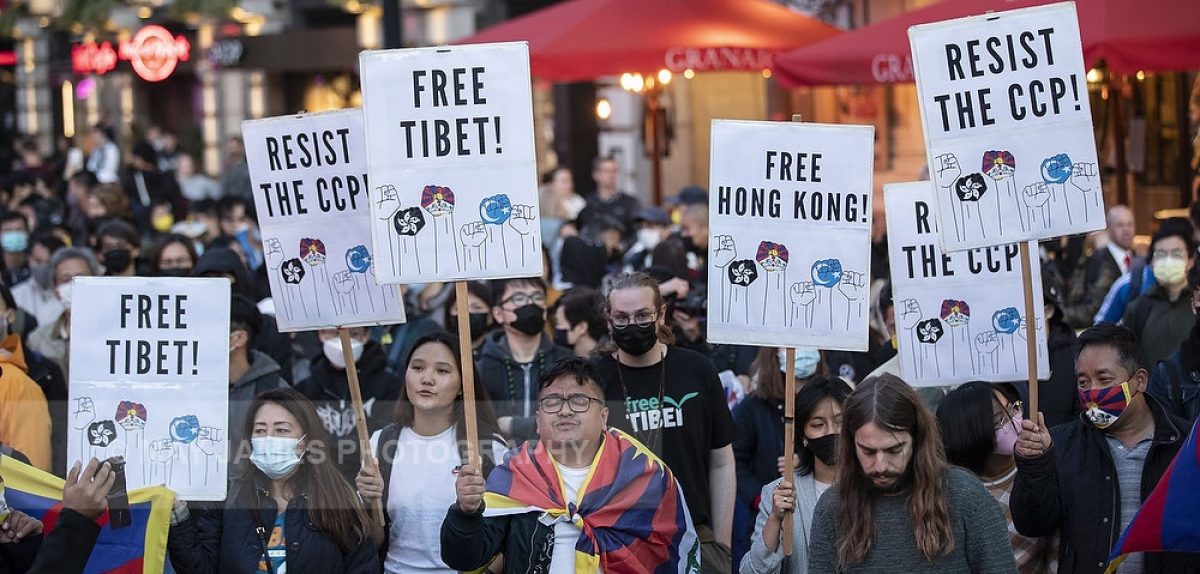India welcomes young Dalai Lama of Tibet after his escape from Communist China

On 17th March 1959, a few minutes before ten o’clock in the evening, His Holiness the Dalai Lama disguised as a common soldier, slipped past the massive throng of people along with a small escort and proceeded towards the Kyichu river, Lhasa where he was joined by the rest of his entourage, including some members of his immediate family. A week earlier on 10th March 1959, tens of thousands of Tibetans surrounded Norbulingka, the summer palace of the Dalai Lama where he was staying at the time. Each year, Tibetans worldwide commemorate the Tibetan National Uprising Day on 10th of March. (Click here Why Tibetans worldwide commemorate March 1oth?)


(Photo courtesy: Phayul)


After several weeks of trek across the Himalayas, on 31 March 1959, His Holiness and his entourage reached the Indian border from where they were escorted by Indian guards to the town of Bomdila in the present day Indian state of Arunachal Pradesh. The Indian government had already agreed to provide asylum to the Dalai Lama and his followers in India.

Soon after his arrival in Mussoorie on 20 April 1959, His Holiness met with the Indian Prime Minister and the two talked about rehabilitating the Tibetan refugees.
Realising the importance of modern education for the children of Tibetan refugees, His Holiness impressed upon Nehru the need to create a Special Section for Tibetan Education within the Indian Ministry of Education. The Indian Government agreed to bear all the expenses for setting up the schools for the Tibetan children.
His Holiness the Dalai Lama’s first press conference in India, in Mussoorie in 1959, repudiating the 17 Point Agreement which was signed under duress in Beijing on May 23, 1951.
Thinking the time was ripe for him to break his elected silence, His Holiness called a press conference on 20 June 1959 during which he formally repudiated the Seventeen-Point Agreement. In the field of administration, too, His Holiness was able to make radical changes. He oversaw the creation of various new Tibetan administrative departments. These included the Departments of Information, Education, Home, Security, Religious Affairs and Economic Affairs. Most of the Tibetan refugees, whose number had grown to almost 30,000, were moved to road-building camps in the hills of northern India.
On 10 March 1960 just before leaving for Dharamsala with the eighty or so officials who comprised the Central Tibetan Administration, His Holiness made a statement on the first anniversary of the Tibetan People’s Uprising. “On this first occasion, I stressed the need for my people to take a long-term view of the situation in Tibet. For those of us in exile, I said that our priority must be resettlement and the continuity of our cultural traditions. As to the future, I stated my belief that, with truth, justice and courage as our weapons, we Tibetans would eventually prevail in regaining freedom for Tibet”.
Never Forget Tibet
The World Premiere of a very special new documentary about His Holiness the Dalai Lama, is being screened on 31st March 2022, for one night only, across the US. Please see the trailer here.
Useful Links:
Office of the Dalai Lama: www.dalailama.com
Central Tibetan Administration: www.tibet.net
Never Forget Tibet: www.neverforgettibet.com


Long Life to His Holiness the Dalai Lama. 🙏🙏🙏
LikeLike